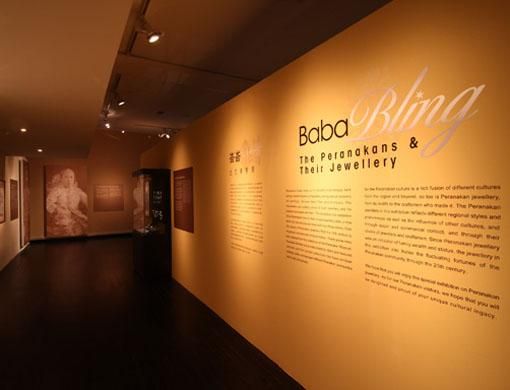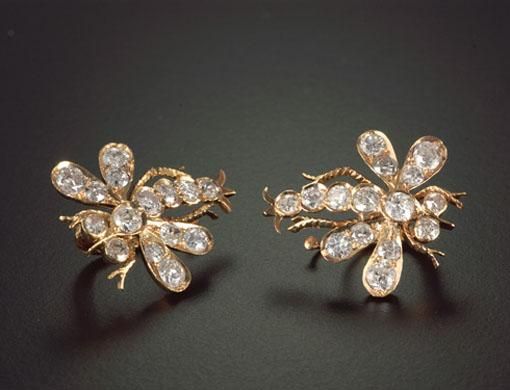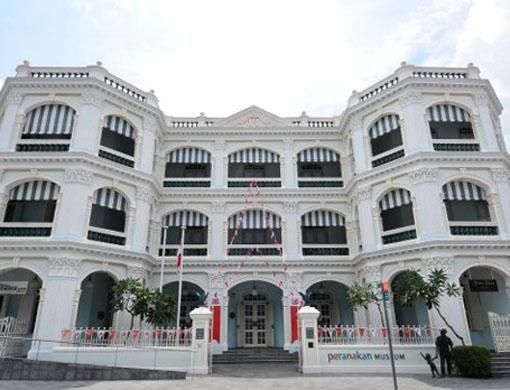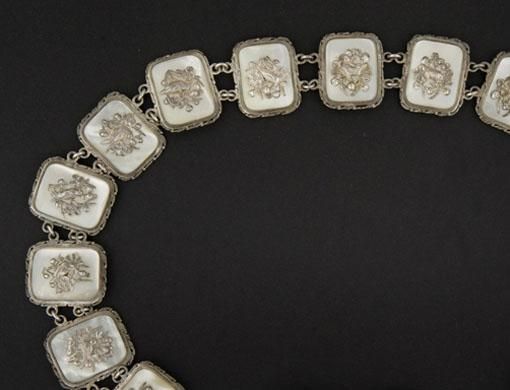This is one exhibition literally studded with glittering nuggets of history.
Baba Bling: The Peranakans & Their Jewellery, which runs until December 13, showcases, at one level, the unique hybrid culture of the Peranakans, little known outside South East Asia, through more than 300 pieces of gold, diamond and even simple metal jewellery.
Social marker
But the show at Singapore's Peranakan Museum also chronicles the fortunes of these descendants of Chinese migrants, from the highs of the Industrial Revolution to the lows of the Second World War.
“Peranakan jewellery served the same functions as it does in any other culture — a store of value, beauty, ornamentation, symbolism and a sign of wealth and status,'' said Randall Ee, the exhibition's curator.
“The jewellery reflects the state of wealth of the community and the rise of the Peranakans in the late 19th to the early 20th centuries and the subsequent decline of the fortunes of the Peranakans after the Second World War.''
Rich mix
The Peranakans, whose name means “local born'' in Malay, are descendants of Chinese traders who settled in Malacca, Malaysia, and around the coastal areas of Java and Sumatra in Indonesia, as early as the 14th century.
In the 19th century, the Peranakan Chinese, drawn by commerce, migrated to the bustling ports of Penang and Singapore.
Marrying local women, they formed a hybrid culture that mixed Chinese, Malay and European influences. These Straits Chinese differentiated themselves from later waves of migrants from China with their unique language, arts, foods and dress.
Wealthy times
In prosperous times, Peranakans wore gold hairpins, chunky gold belts and diamond-studded brooches, or kerosangs, which were used to fasten the traditional tunics worn by women. But their declining fortunes can be seen through the plain metal jewellery, unadorned by gemstones, on display at the museum.
There are also pieces made from silver and pearl, which were specifically used during periods of mourning.
Baba Bling also showcases the unique cultural influences on the Peranakans through different eras: Their earlier pieces had more Chinese motifs — such as butterflies, birds and flowers — but gradually, under European colonial influence, they introduced more Western symbols — such as unicorns.
“Traditionally, Peranakan women wore their jewellery as a sign of family wealth. The size and quality of a Peranakan lady's kerosang was a sign of her husband's wealth and status in the community during important functions,'' Ee said.
Pieces of tradition
“Hairpins were used with a long tunic known as the baju panjang. Peranakan women wore their hair tied up in buns and secured with hairpins. A Peranakan lady's hair was never seen loose, unless during a funeral or the subsequent period of mourning,'' Ee said.
Most of the jewellery — sourced from families or private collections — was worn by Peranakan women, known as nyonyas.
But there's also a small collection of watches, rings and chains worn by Peranakan men, known as babas.
“The distinctive feature about Peranakan Chinese jewellery is the strong fusion aspect of its pieces, drawn from Chinese, Indian, Malay and European influences,'' Ee said.
Visit the Singapore Peranakan Museum at www.peranakanmuseum.sg for more details.
Gold dust of old
Gold dust of old








